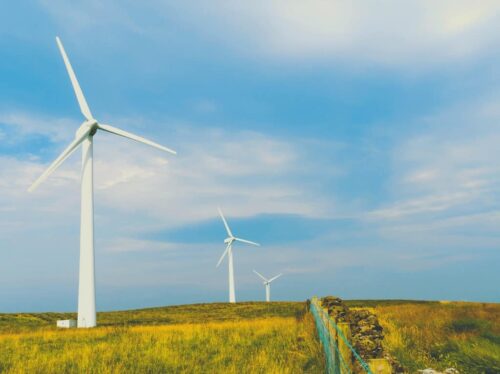The Harvard Study
A 2019 Harvard University study indicates wind power provides long-term advantages over natural gas and coal. However, wind may not be as clean as previously thought. The study showed that large wind deployments require more land than accounted for by initial studies. Research also revealed early findings failed to identify turbine-caused temperature increases. As wind energy advances, it will become increasingly important to examine such impacts.
Wind Power Deployments on the Rise
According to a recent EIA report, “Total renewable energy consumption in the United States grew for the fourth year in a row. Since 2015, the growth in U.S. renewable energy is almost entirely attributable to the use of wind and solar in the electric power sector. In 2019, electricity generation from wind surpassed hydro for the first time.”
To that end, in 2019, natural gas (38%) edged out coal (23%) as the largest source of power generation. Renewables (17%) ranked 4th, just behind nuclear (20%). Of the renewable contribution, 42% came from wind power, 38% from hydroelectric, and just 2% from solar.
So while wind has already outpaced solar as America’s go-to renewable, solar’s environmental impact may be substantially less than wind power. However, wind has the advantage when it comes to space. According to one study, “one wind turbine generated the same amount of electricity per kWh as about 48,704 solar panels.”
Future Planning
The study’s authors warn that this information should not be taken as a case against wind energy. “Rather, the work should be seen as a first step in getting more serious about assessing these impacts for all renewables.”
Read the Harvard study, “Observation-based solar and wind power capacity factors and power densities” here.
